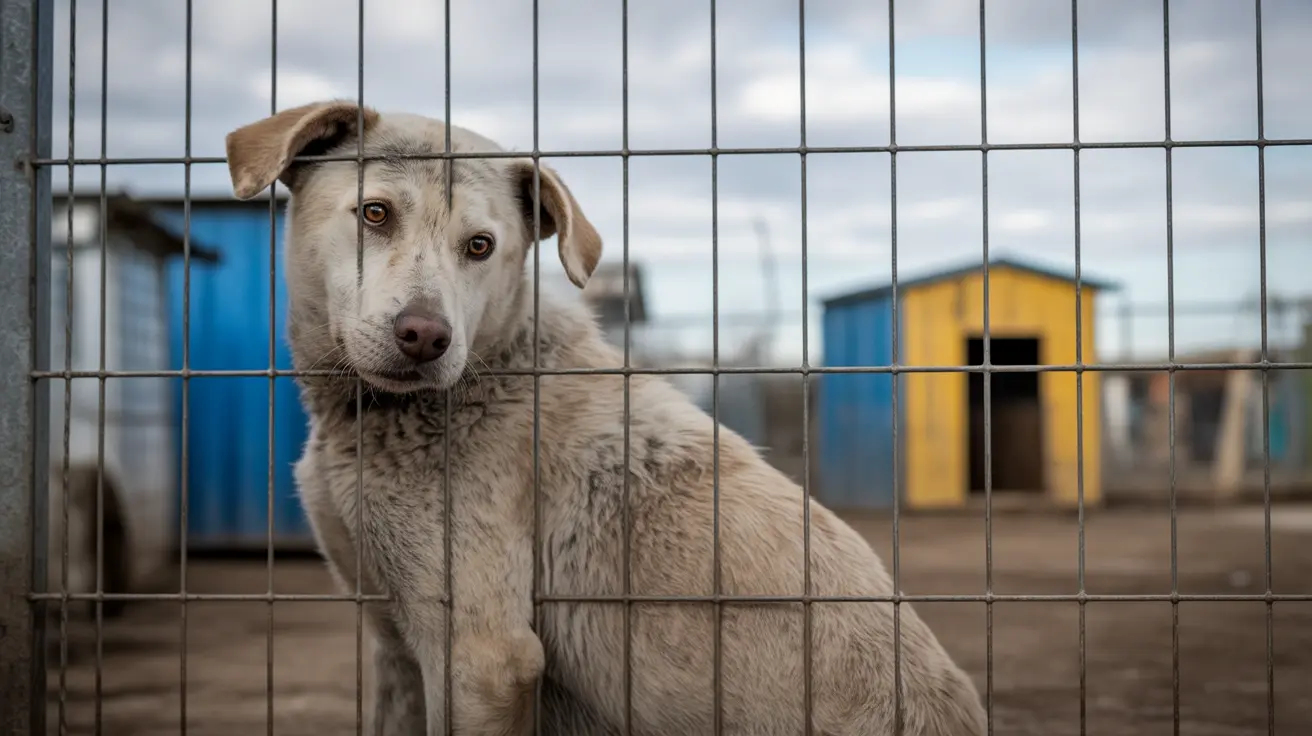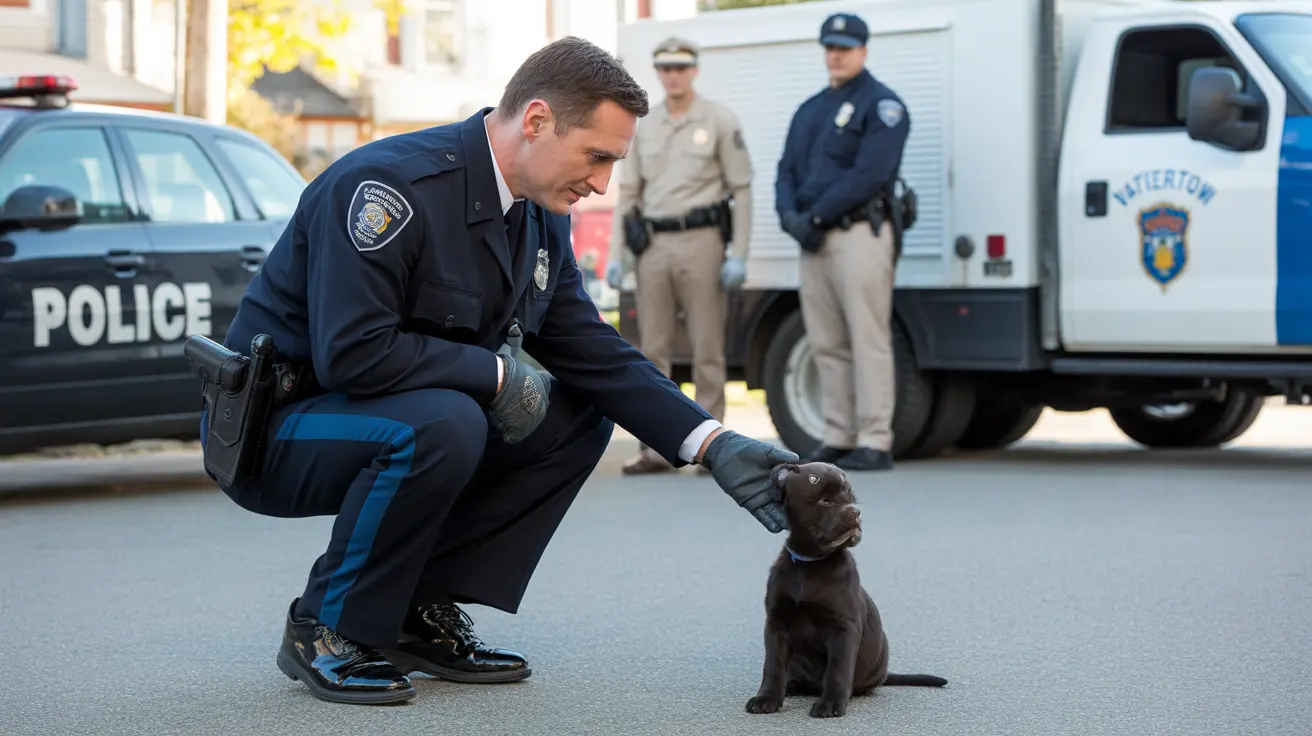Why Your Dog Targets Your Girlfriend's Underwear
It can be bewildering—and frustrating—to discover your dog has a particular appetite for your girlfriend’s underwear. While the behavior might seem random or mischievous, there are several psychological, behavioral, and sensory reasons behind it. Understanding these underlying causes allows pet owners to address the issue with care and effectiveness.
1. Scent Attraction
Dogs have an extraordinary sense of smell—up to 100,000 times more sensitive than that of humans. Underwear carries strong scents, especially those related to natural bodily odors. Your girlfriend’s underwear contains pheromones and other unique scent markers that your dog may find particularly intriguing or comforting.
- Individual scent: Every person has a unique smell, and your dog may feel a special connection with your girlfriend, especially if she’s nurturing or affectionate with them.
- Hormonal attraction: Female hormones can create smells that impact a dog’s behavior, especially if the dog is not neutered or spayed.
2. Texture and Material
Undergarments are typically soft, stretchy, and lightweight—qualities that some dogs enjoy chewing. This tactile satisfaction can encourage the behavior.
- Chewing instinct: Especially in puppies and younger dogs, chewing on fabric fulfills a teething or gnawing urge.
- Comfort objects: The linen can serve as a surrogate comfort item, akin to a child’s blanket.
3. Anxiety or Stress
If your dog engages in this behavior when your girlfriend is away—or when left alone—it might be a symptom of separation anxiety. Dogs often chew or consume personal items to feel connected to their human.
- Possessiveness: Dogs can display attachment by hoarding or chewing on personal items belonging to someone they like or rely on.
- Attention-seeking behavior: If this action elicits a strong reaction from you or your girlfriend, the dog may repeat it to get attention, even if negative.
4. Medical Concerns: Pica
Ingesting non-food items like underwear may indicate a condition called pica. This medical disorder leads dogs to crave and eat objects with no nutritional value.
- Causes of pica: Nutritional deficiency, gastrointestinal issues, or mental health disorders.
- Veterinary attention: If fabric consumption becomes frequent or intense, it risks intestinal blockages and should be examined by a vet.
5. Behavioral Repetition and Reinforcement
Dogs learn from experience. If they’ve been allowed to access laundry baskets or closets before without consequence, they may continue the pattern.
- Inconsistent rules: Mixed signals or inconsistent discipline can reinforce undesired behaviors.
- Boredom: A lack of mental and physical stimulation often drives dogs to seek out new experiences—like chewing illicit items.
How to Stop the Behavior
Understanding the why is just step one. The following strategies can effectively prevent further incidents:
- Limit access: Keep laundry in closed bins or drawers and restrict the dog’s access to bedrooms or bathrooms.
- Dog-proof the home: Treat underwear like high-value items—keep them out of reach just as you would do with food or medicine.
- Provide alternatives: Invest in durable chew toys, especially ones you can freeze or stuff with treats for extra amusement.
- Increase exercise and interaction: Daily walks, training, and mental stimulation can reduce boredom-based misbehavior.
- Consult a trainer or veterinarian: If the habit continues, seek professional advice to rule out obsessive-compulsive tendencies or medical concerns.
When to Get Professional Help
If your dog has chewed and ingested underwear, watch for symptoms of blockage such as:
- Vomiting
- Lethargy
- Loss of appetite
- Difficulty defecating
If any of these occur, contact your veterinarian immediately. Intestinal obstructions can be life-threatening and may require surgery.
Conclusion
While it may seem strange, your dog's fixation on your girlfriend’s underwear is rooted in very natural canine behavior—from scent curiosity to emotional comfort. By understanding the causes and implementing proactive strategies, you can gently and effectively discourage the habit while ensuring your dog remains healthy and happy.





